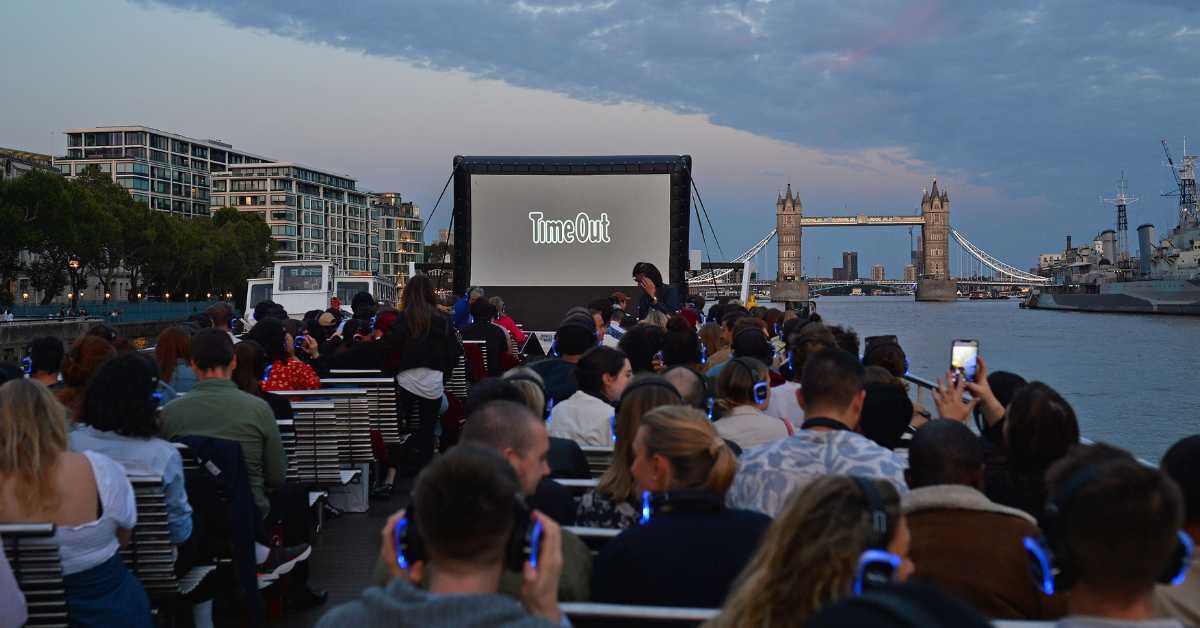
Time Out, a British media company, is known globally for curating the best of city life, but behind the headlines and viral rankings is a strategy grounded in authentic insights. In a recent Insights Association webinar, our Co-CEO and Chief Methodologist, Jennifer Reid, presented with Anna Norfolk, Global Insights Manager at Time Out, to talk about how the brand blends research, editorial storytelling, and technology to create both business results and cultural relevance.
When Time Out set out to modernize its approach to insights, they weren’t looking for a traditional research supplier.
“We are not a boring brand by far," Anna explained. "We are very authentic, very down to earth, so that conversational style which we managed to get through Rival was so engaging... it just felt like we were on the same page when it comes to brand values.”
The first project between Rival and Time Out wasn’t small. The Global City Survey, a cornerstone of Time Out’s editorial calendar, needed a fresh approach. Anna and her team reimagined the survey as a mobile-first, conversational experience translated into 45 languages and distributed across multiple channels, from digital billboards to social media.
Over 18,500 locals from 60 countries responded, generating 1.6 million data points.
“It was huge and so empowering at the same time,” said Anna. The campaign reached more than six million people in just seven days and was picked up by major media outlets like The Independent, Forbes, and the New York Post.
After the success of the Global City Survey, Time Out launched a branded insight community, Time Out Loud, targeting Gen Z and millennial city dwellers. Recruitment tapped into the brand’s existing ecosystem, and Time Out editors played an active role in welcoming members.
“We talked to them about trends, lifestyle, culture, their favorite restaurants… something really meaningful to the community and to us as a brand,” Anna explained. “We wanted our people to be out loud, to tell us what they really think, what they really feel.”
The results have been transformative. Time Out has completed over 30 research projects in just six months using the insight community, supporting everything from cultural trend discovery to brand lift studies for commercial partners.
“We use the community for pre- and post- conversations when it comes to campaigns… It just gives us so much color when it comes to those conversations,” Anna said, noting that a
“favorite slide is the one where we can actually read what real people say.”
A hallmark of Time Out’s approach is its use of video, both as input and output. Members submit video selfies sharing their thoughts and experiences, while Time Out shares back thank-you messages and sharebacks in video form.
The feedback loop isn’t just a courtesy. It’s a growth lever. “What we found out from that chat was that they want more and after shorter questions,” Anna shared. “So from 2025 onwards… we started launching more, but shorter formats. And the engagement has been really, really good.”
Throughout the webinar, Anna emphasized that the success of insights at Time Out is rooted in collaboration with Rival’s customer success team.
She encouraged other researchers to get out of their silos. “Reach out to editors, strategists—people with deep knowledge on their specific topics.”
Anna also touched on the role of AI tools in streamlining analysis. “The relationship is with people, but the tools are powered by AI…I don’t want AI to replace the people, but I want the AI to do ‘my laundry and my dishes, not my art.’”
Rival’s built-in AI Summarizer helps synthesize open-ends and video, all without compromising the human connection.
“Forget boring surveys, that’s the message of the day."
In a media environment that thrives on immediacy, Time Out has found the balance between agility and authenticity, data and storytelling.
“Forget boring surveys, that’s the message of the day,” Anna said.
With a small team, bold goals, and a partner-first approach to insights, Time Out is proving that when you make research conversational, collaborative, and culturally connected, it doesn’t just inform headlines—it becomes one.
Want to learn more? Watch the recording of our webinar with Anna.

No Comments Yet
Let us know what you think